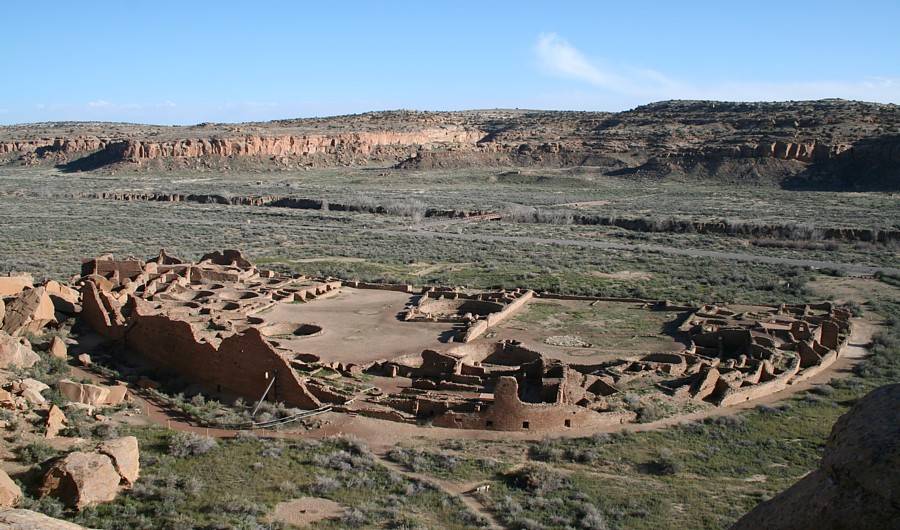Pueblo Bonito, located in Chaco Culture National Historical Park in northern New Mexico, stands as the largest and most renowned great house within the park. Constructed by the Ancestral Puebloans, the site was occupied from AD 828 to 1126. It is recognized as the most thoroughly investigated and celebrated cultural site in Chaco Canyon, serving as the epicenter of the Chacoan world from AD 850 to AD 1150.
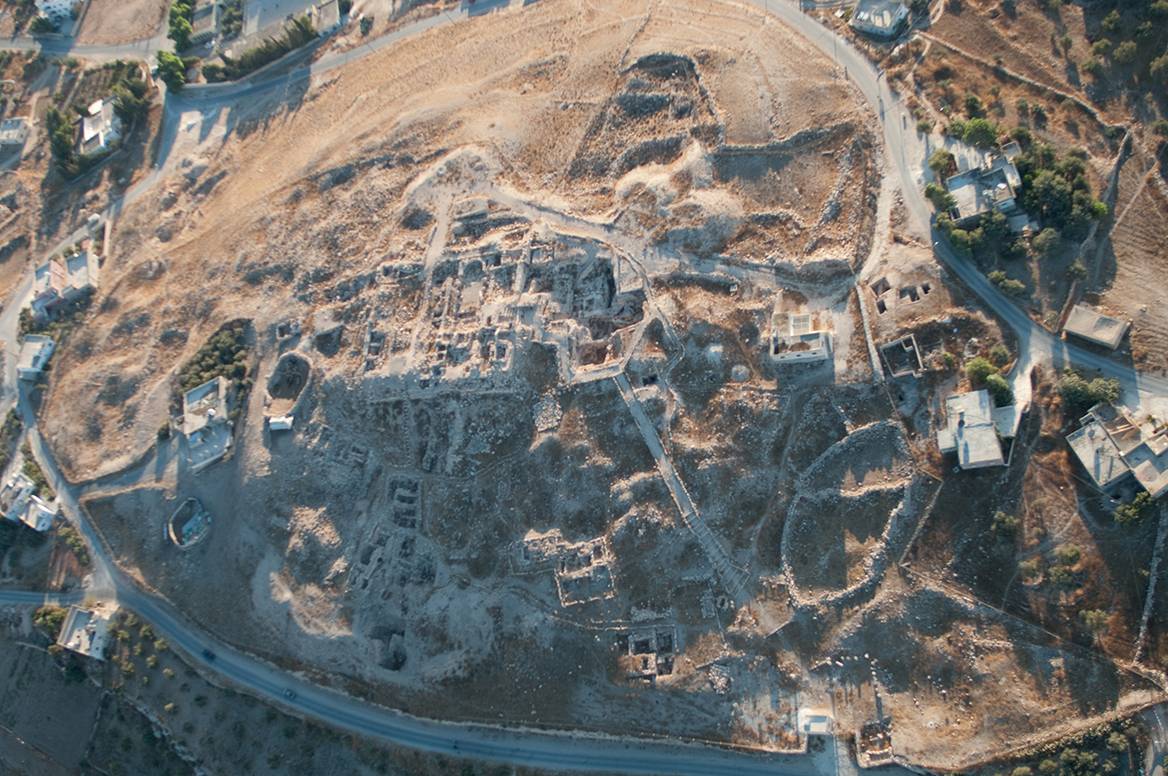
Tell Hisban
Tell Hisban (Tall Hisban), historically known as Hishbon and referred to as Esbus during the Graeco-Roman period, is a site of considerable archaeological and historical importance located 10 km north of Madaba and 20 km southwest of Amman, Jordan. This ancient site boasts a rich history of settlement that spans from the early Iron Age (circa 1200 BC) to the late Ottoman period. Its strategic position on a mound offers commanding views of the Madaba Plains and the northeastern end of the Dead Sea, making it a significant location throughout history.
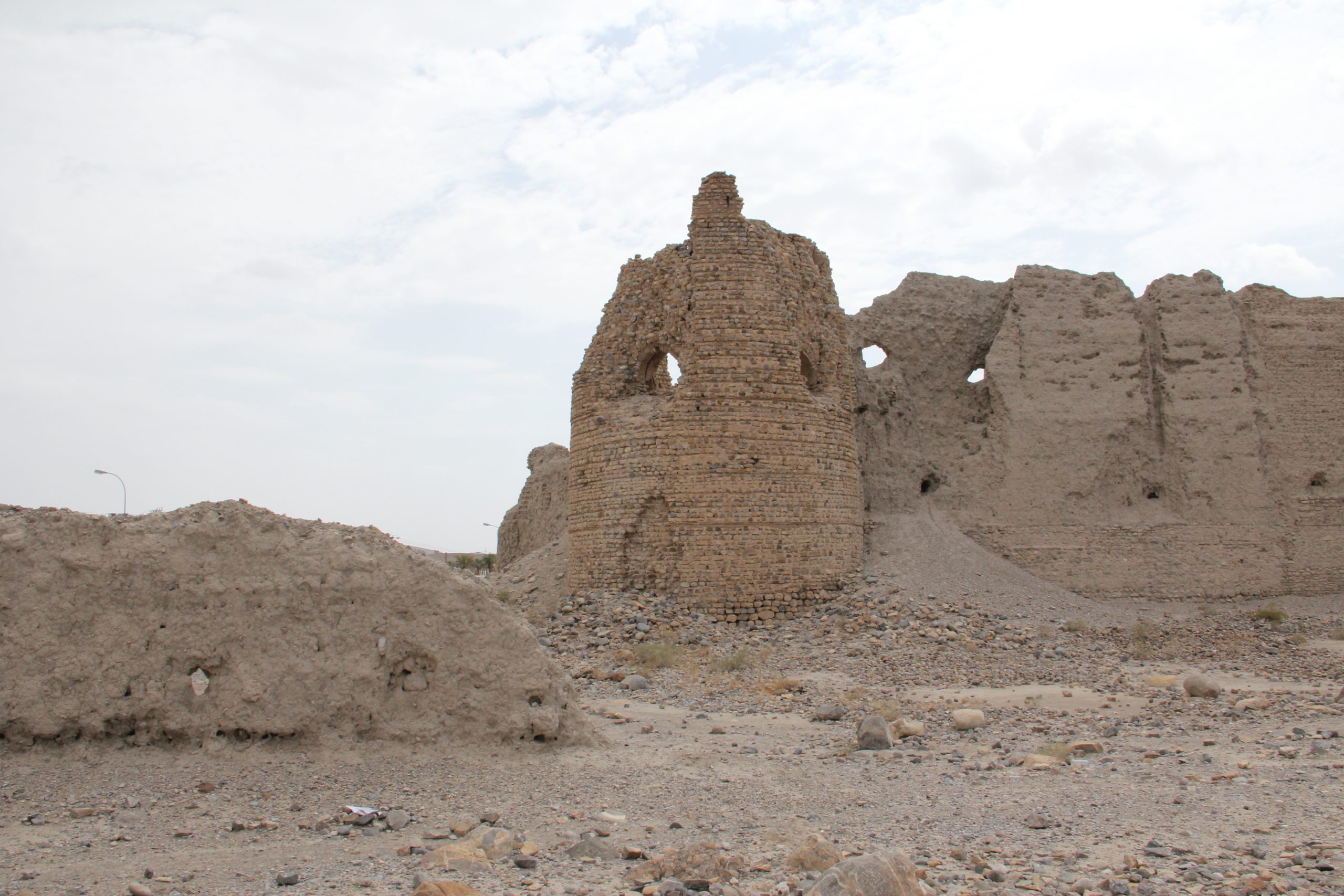
Izki
Izki, situated in the Ad Dakhiliyah region of northeastern Oman, stands as a testament to the ancient heritage of the state. With an elevation of approximately 544 meters and a population of 35,173 as per the 2003 census, Izki is not only a modern town but also a repository of a rich historical past that spans several millennia.
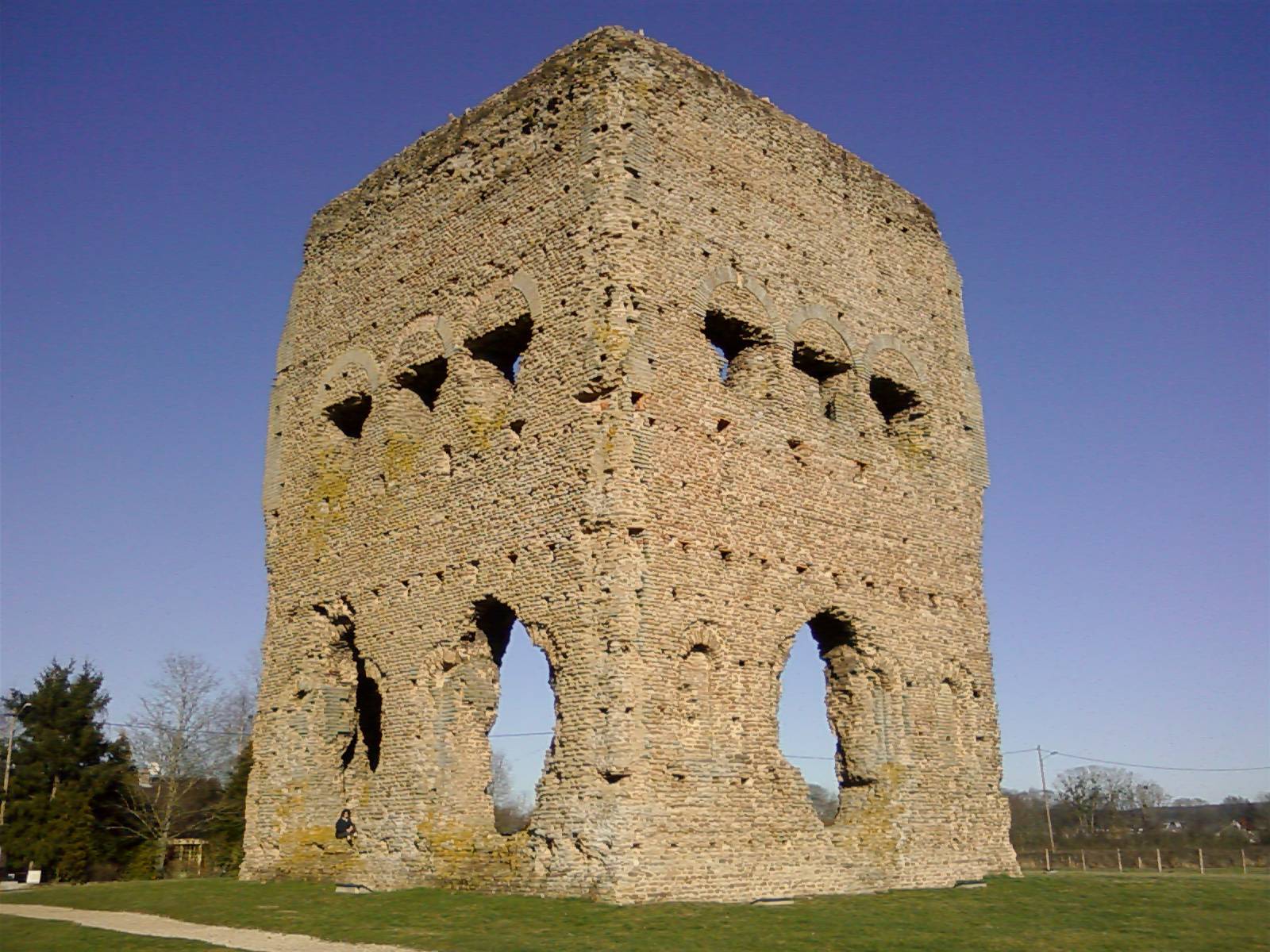
Autun
Autun, a subprefecture of the Saône-et-Loire department in the Bourgogne-Franche-Comté region of central-eastern France, holds a significant place in history, dating back to its foundation during the early Roman Empire. Originally named Augustodunum by Emperor Augustus, the city served as a Roman capital for the Gallic people Aedui, replacing their political center at Bibracte, located approximately 25 km away. The strategic relocation and the establishment of Augustodunum underscore the Roman Empire’s efforts to consolidate its power and influence over the Gallic territories.
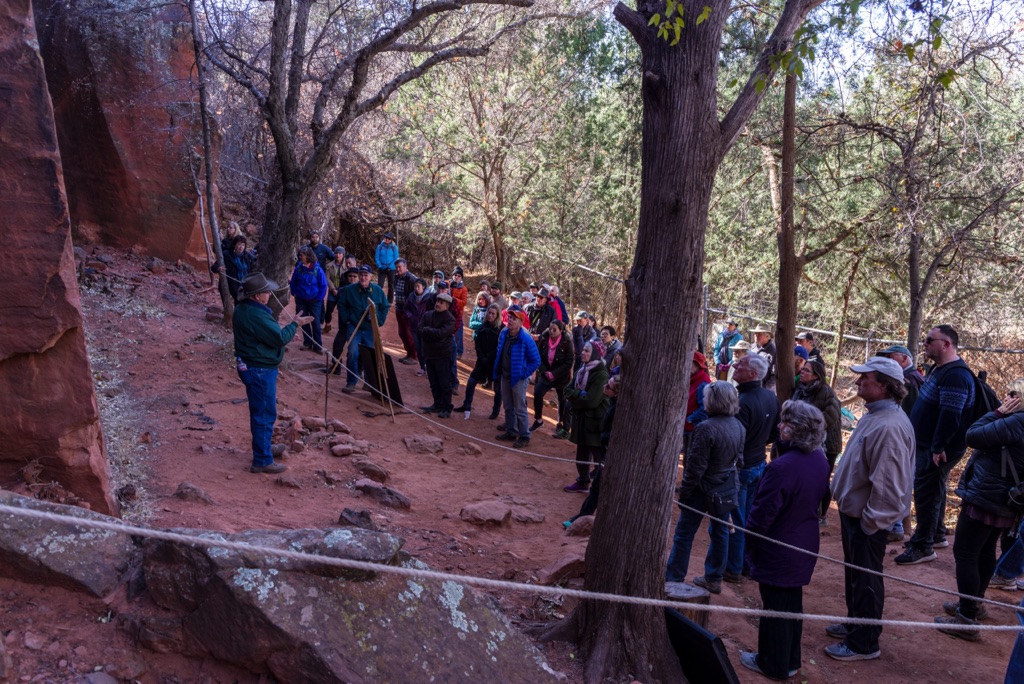
V Bar V Heritage Site
The V Bar V Heritage Site stands as a significant archaeological and cultural landmark in the Verde Valley of central Arizona. It is recognized as the largest known petroglyph site in the region and is among the best-preserved. The site, which was acquired by the Coconino National Forest in 1994, features 1,032 petroglyphs distributed across 13 panels. These petroglyphs offer a unique glimpse into the lives and beliefs of the Southern Sinagua residents who inhabited the area between approximately 1150 and 1400 AD.
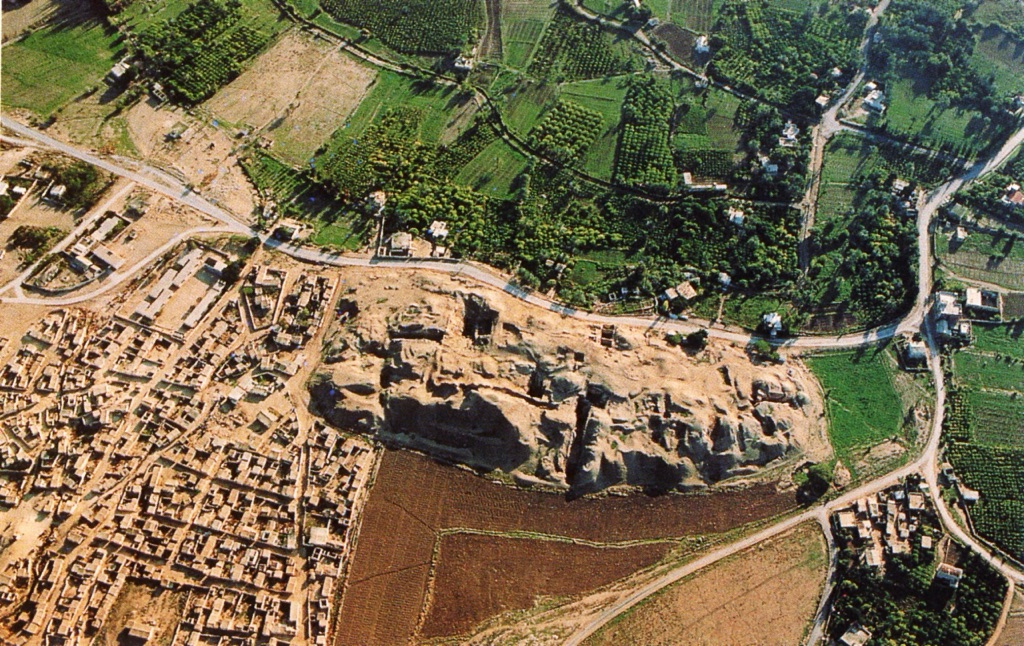
Tell es-Sultan (Ancient Jericho)
Tell es-Sultan, also known as ancient Jericho, is one of the oldest inhabited cities in the world. Located in the West Bank, near the Jordan River, it’s a site of immense historical and archaeological significance. Excavations have revealed a sequence of settlements stretching back thousands of years, providing insights into early urban development in the Near East. The site is synonymous with the biblical story of the fall of Jericho’s walls, although its history spans far beyond that singular event.

